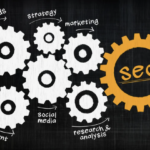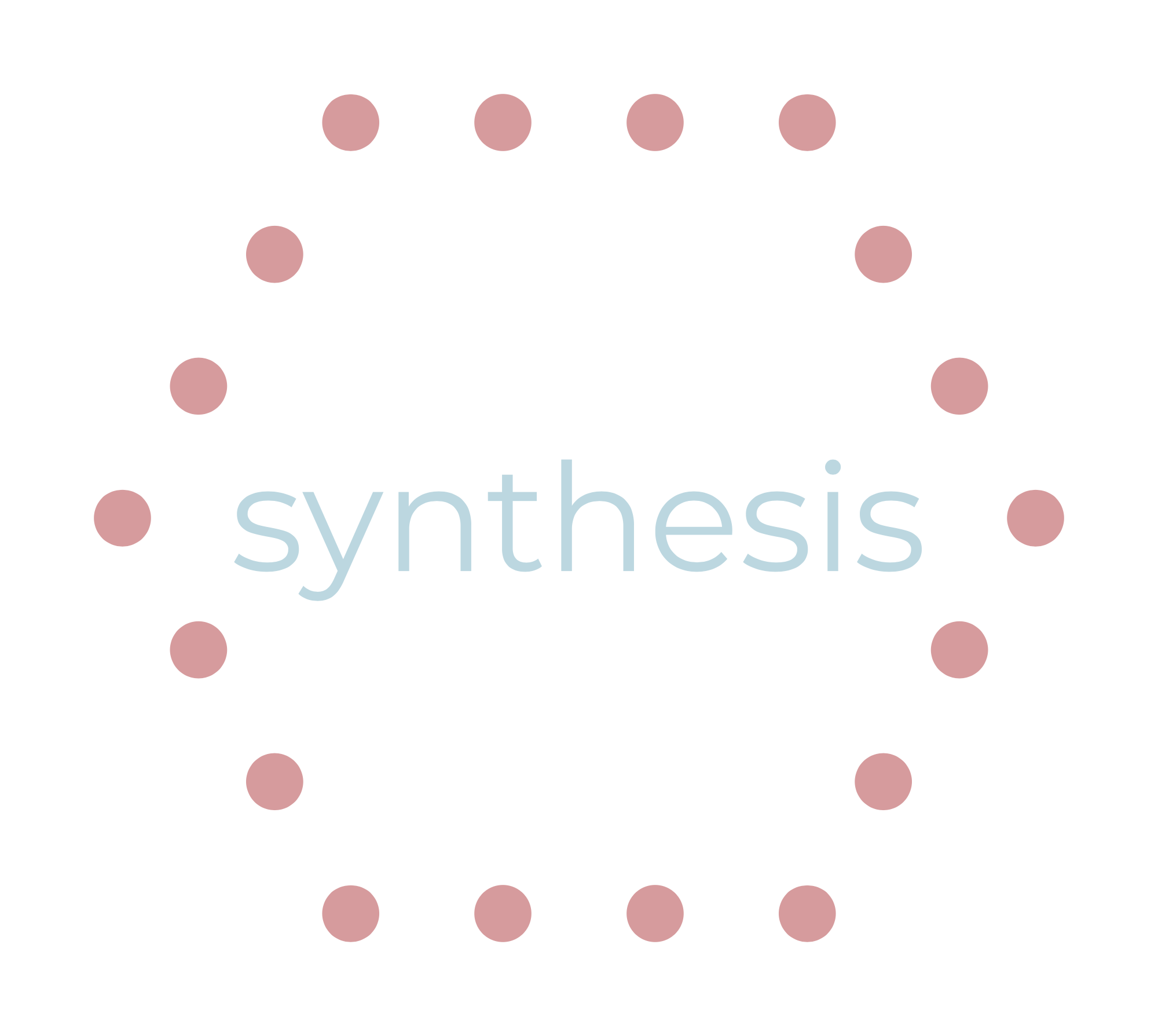Do you need help creating a B2B buyer persona but have no idea where to start? Well, you’ve come to the right place.
When increasing your brand awareness, it’s easy to think you should cater your business to everyone in hopes of attracting as many new customers as possible.
While that seems reasonable, you may be preventing your brand from adopting a more personalized marketing strategy that will help attract (and retain) your ideal target audience.
But don’t worry, I’m here to help.
Below, I’ll discuss how to create well-defined B2B buyer personas that will help boost your brand’s sales revenue and increase conversions.
Let’s get started.
Contents
- Here’s Why You Should Include Well-Defined B2B Personas Into Your Marketing Strategy
- What is a B2B Buyer Persona?
- B2C Buyer Persona vs. B2B Buyer Persona
- Create Your B2B Buyer Persona
- When to Use B2B Buyer Personas
- 5 Ways to Get Information on B2B Buyer Personas
- Avoid These 5 Common Buyer Persona Mistakes
- Conclusion
Here’s Why You Should Include Well-Defined B2B Personas Into Your Marketing Strategy
- Marketers who use personas and map content to the buyer’s journey enjoy 73% higher conversions from response to marketing qualified lead.
- Buyers are 48% more likely to consider vendors that personalize marketing to address their specific needs.
- 93% of companies that exceed their lead gen and revenue goals also use B2B buyer personas to guide their marketing and sales prospecting strategies.
If you like the idea of increasing your brand awareness and customer conversions, developing a well-defined B2B buyer persona will not only help you get to know your buyers better but also refine your overall B2B marketing strategy.
What is a B2B Buyer Persona?
B2B stands for “business-to-business.” This form of commercial transaction is used between businesses (e.g. a wholesale distributor sells its products or services to a retailer). However, in this case, it is a form of digital marketing that is aimed toward businesses and their company decision-makers.
B2B marketing targets the wants, needs, interests, and challenges of individuals who are making purchases on behalf of their organization. This makes the organization the customer. B2B customers are aware they need resources to increase their brand awareness and want to be educated on how to build their customer personas.
A B2B buyer persona is a well-defined customer profile designed for an organization to represent its unique preferences.


Creating B2B for each step of your buyer’s journey is essential for targeting your messaging and developing a deeper understanding of your ideal audience.

To develop the most appropriate buyer persona, it’s important to know the differences between B2B and B2C buyer personas.
B2C Buyer Persona vs. B2B Buyer Persona
If you’ve heard of “B2B,” you may have also heard the term “B2C.” It’s easy to confuse the two, but some key differences set them apart.
While B2B stands for “business-to-business,” B2C stands for “business-to-consumer.” This transaction occurs directly between a business and the consumer who are the end-users (e.g. an e-commerce website sells its products or services directly to the customer). In this case, you would market your products or services directly to the consumer who will use them.
A B2C buyer persona would be a well-defined customer profile that an organization designs to reflect their target customer’s preferences.


B2B and B2C digital marketing strategies are similar in that a business markets its products and services to a customer based on their preferences and behavior. However, the profile characteristics of each customer differ depending on whether the customer is an organization or a person.
Since we’re focused on B2B marketing, let’s go over how to create your B2B buyer persona.
Create Your B2B Buyer Persona
When developing B2B buyer personas, note that while using demographic information may give you the ideal image of how your customer base may appear externally, it will not give you the necessary understanding of how your customers behave toward your marketing strategies or what they think about your products and services.
A well-defined B2B buyer persona includes a mix of information about your buyers’ roles, such as background information, demographic information, interests, and goals, to better understand and convert them into customers.
Key Characteristics to Include:
- Age
- Education
- Job
- Income
- What social networks they use
- Preferred communication
- Why they wouldn’t invest in our product or service
- Goals or objectives
- Challenges
Creating customer profiles that include customer demographics, as well as background information and consumer behavior, will not only give your brand valuable insight into your ideal audience but also develop and refine your marketing strategy by making it a more personal, thorough customer analysis.
When to Use B2B Buyer Personas
1. Refining your target audience
The whole point of creating buyer personas is to refine your audience to a unique group of people you will cater to. Marketing 101: you can’t be everything to everyone. You will hurt your brand and your marketing campaign if you try to cater everything to everyone at all times.
However, the world of marketing is constantly changing, which means that nothing stays the same–this includes your ideal target audience. Remember, humans are complex, so their preferences, values, and goals may change. If this starts to happen, you can use your previous buyer personas to aid you in creating new customer profiles.
2. Improving your marketing campaign
Similarly to your target audience changing, your marketing campaign may need to change in order to better resonate with your target audience. Using your buyer personas to understand who your prospective buyers are, what platforms they use, and what content appeals to them will make it easier to improve your marketing messages.
3. Mapping out your sales funnel
While using buyer personas is necessary for determining who your ideal customers are, it’s also important to create mini-personas for each stage of your buyer’s journey. The goals and mindset of a prospect will not be the same as a buyer (organization) who recently concluded a commercial transaction with your company.
For example, in the awareness stage of the sales funnel (the beginning stages of a buyer’s journey), a B2B marketing manager, marketer, or business owner who recently learned about your company may not be ready to invest in your services. At this stage, they’re aware they have a problem and need resources, such as b2b buyer personas, to address their needs and prioritize what their next steps will be.
4. Creating content geared toward ideal buyers
Make sure you’re creating content that your prospects want or need based on the information you’ve gathered from your buyer personas. Don’t assume you know what your prospects want without using your personas as a guide.
(I’ll discuss this in more detail when we get to the section “Avoid These 5 Common Buyer Persona Mistakes.”)
Once you determine how your buyer personas would apply to your business, now would be the time to start the process of developing your personas. Here are 5 ways to get the information you need about your potential customers.
5 Ways to Get Information on B2B Buyer Personas

- Google Analytics
- Surveys
- Social Media Analytics
- CRM Data
- Focus Groups
As you gather the data that represents your ideal customer base, remember to focus on key platforms and mediums that will best provide you with the information you need about your unique audience.
Avoid These 5 Common Buyer Persona Mistakes
Now that we’ve covered what helpful characteristics should be included in a buyer persona, here are 5 common mistakes you should avoid:
1. Using fake, ideal, or aspirational data
Remember, you should not include characteristics that YOU would want your potential customers to have but characteristics that are represented throughout each platform or medium you use to find your profile characteristics.
Including false information will not only ruin your data but also prevent you from understanding your target audience and improving your marketing strategy.
2. Fixating on demographic information
Avoid focusing too much on the demographic data of your customer profile. While demographic information may help you understand the basics of the organization you’re interacting with, too much demographic data will prevent you from understanding the complexities behind the organization’s company decision-makers.
Each organization needs to be treated like they’re human—you need to understand their behavior and values to create a long-lasting connection.
3. Not assuming the buyer’s perspective
You’ve worked long and hard to create buyer personas that will help solve your organization’s problems and improve your marketing strategy. However, remember not to let your confidence cloud your judgment and prevent you from addressing problems your buyers see.
4. Having too many or not enough personas
More often than not, a business will have more than one type of customer. Yes, these customers are similar in that they’re interested in the products or services you offer, but no two buyers are exactly alike.
After you find information about the types of customers you have, split them into categories and create a persona based on each one.
5. Not thinking about negative personas
The goal of buyer personas is to create profiles based on the wants and needs of your ideal customers. However, it’s important to keep in mind what your not-so-ideal customer base looks like too.
Anticipating the types of buyers you don’t want to interact with will help your organization focus on its goals and avoid hiccups that come along the way.
Conclusion
However you create your buyer personas, remember to listen to what your prospects and customers are telling you. Refining your overall marketing strategy is a process that is constantly evolving, but taking the time to learn about and understand your unique customer is the best thing you can do to maintain a good relationship with them.




